Things to do in Notting Hill: charming shops and colourful streets
Notting Hill has a reputation for being one of London’s busiest areas, with its rainbow-coloured streets and the bustling Portobello Road Market. But as charming as it looks, the neighbourhood can feel both crowded and underwhelming if you don’t know where to go.
I have to be honest, as a Londoner, I am inclined to avoid Notting Hill for its crowds and tourist-trap shops. But if you know where to go, there are hidden gems and quiet spots that amplify the charm of this famous neighbourhood. I usually visit to eat at my favourite restaurant (more details below) or to visit the incredible Cosmic House, and there's lots more to enjoy along the way.
From pastel streets to quirky bookshops to Post-Modernist house museums, here are my favourite places to visit in Notting Hill -- both the must-see spots and the quieter corners you might not have heard of.
Start with the colourful streets of Notting Hill
Notting Hill’s iconic pastel townhouses are Instagram-famous for a reason. Some streets are livelier than others, so if you’re seeking the most photogenic spots, here’s where to go:
Lancaster Road: Known for its bold, vibrant houses, especially on the northern end. The deep hues stand out and make it one of the most striking streets in the area.
Hillgate Village: A cluster of streets including Hillgate Place, Uxbridge Street, and Farm Place. These are tucked-away gems with pastel-colored homes that feel quieter and more local than the main thoroughfares.
Denbigh Terrace: A row of soft pastels that has a timeless, elegant charm.
Westbourne Park Road: This is where you’ll find some of the classic pastel homes that define Notting Hill’s aesthetic.
Elgin Crescent: Blends elegant architecture with light pastel shades, offering a more understated yet equally beautiful vibe.
Notting Hill is part of my 4 days in London itinerary, if you’d like to read in more detail.
A Colourful History
Notting Hill’s pastel facades might seem quintessentially charming today, but their origins are rooted in the area’s post-war transformation. In the mid-20th century, the neighbourhood was a working-class district with a large immigrant community, particularly from the Caribbean. Residents began painting their homes in bright, cheerful colours during the 1950s and 60s, a period when the area saw a wave of artistic and bohemian influence. This tradition brought vibrancy to the neighbourhood and reflected the individuality and creativity of its residents.
Don’t disturb the residents of Notting Hill
Notting Hill's colourful streets are undeniably photogenic, and it’s tempting to snap pictures at every turn. However, it’s important to remember that these are residential areas where people live and go about their daily lives. Tourists and Instagrammers notoriously overstep boundaries in Notting Hill, posing on doorsteps, blocking entrances, or creating noise early in the morning.
If you’re exploring the area, enjoy the beauty from the pavement and resist the urge to climb onto steps or lean against doors. A little courtesy goes a long way in maintaining the charm and community spirit of the neighbourhood. Keep your camera ready, but be mindful of the people who call Notting Hill home.
Explore Portobello Road market
Portobello Road Market is by far the most popular thing to do in Notting Hill and the main draw to the neighbourhood. It is definitely worth going to, but read on for more details if you want to avoid being subsumed by the masses.
Portobello Road Market is open six days a week (closed on Sundays) and offers something for everyone, whether you're hunting for antiques, vintage clothing, or fresh produce. The market is divided into sections, each catering to different interests. Fridays are perfect for antique enthusiasts, as the antique stalls make a pronounced appearance that day, while Saturdays are the main event, drawing the biggest crowds with a bustling mix of all the market's offerings.
For a calmer experience, consider visiting during the weekdays. While some antique stalls may not be open, you’ll avoid the weekend crush and still enjoy the atmosphere. Arriving early—around 9 a.m.—is also a great way to beat the crowds and have first pick of the treasures.
Even when the market isn’t running, Portobello Road is worth a visit for its eclectic array of permanent shops. From vintage boutiques to quirky homeware stores, there’s a mix of hidden gems and more touristy spots. Exploring the side streets can lead to delightful finds, so take your time to wander beyond the main drag.
Cute shops in Notting Hill
Aside from the market, the streets of Notting Hill are lined with cute shops with their own unique charm, from a spice shop to textiles from the Middle East. One of my hobbies is visiting cute shops in London, so here are my favourite ones in Notting Hill.
The Cloth House
The Cloth House is a dream for sewists like me, filled with linens, block prints, and embroidered ribbons – a perfect stop for anyone into textiles.
Biscuiteers
Biscuiteers offers irresistible biscuits, so beautifully decorated that they’re almost too pretty to eat.
The Spice Shop
The Spice Shop stocks spices from around the world in simple, retro yellow packaging, making it a great place to pick up something special for your kitchen.
Alice’s
Alice’s has a vintage aesthetic, with floral prints, quirky homewares, and unique souvenirs that give it a fun, nostalgic feel.
Couverture and the Garb Store
Couverture and the Garb Store is a beautifully curated boutique with a carefully chosen selection of clothing and accessories in a stunning space.
The Portobello Print & Map Shop
The Portobello Print & Map Shop is the place for high-quality prints and maps, perfect for framing and adding character to any home.
The Blue Door
The Blue Door has recently gained popularity, particularly for its beautiful block print jackets tucked away in the back.
Sumerill & Bishop
Really cute homewares in a beautiful shop covered in blue and white ceramic plates.
Suzanis and textiles
I have been unable to find the exact shop that I visited a few years ago and purchased a beautiful suzani pillowcase from, however there are several shops on Portobello Road who sell suzanis of various shapes and sizes.
Charming bookshops in Notting Hill
Notting Hill has long been known for its love of books, and it’s easy to see why, especially if you’re a fan of the classic film Notting Hill. The area is home to a collection of charming bookshops that cater to every literary taste.
Books for Cooks
Books for Cooks is a dream for foodies, with its shelves stacked full of cookbooks from around the world. They have a small kitchen that serves up a 3 course lunch from their chosen cookbook of the week. I've never managed to experience it but it sounds like a delight.
The Notting Hill Bookshop (and its impersonators)
Meanwhile, The Notting Hill Bookshop is a literary landmark—small but packed with charm, and yes, it’s the same shop from Notting Hill. There are several other blue shops with posters in the window that try to mimic this shop, so make sure you go to the right one! It’s the one on Blenheim Crescent.
Daunt Books (formerly Lutyens and Rubenstein)
Daunt Books is a London-famous bookshop with an outpost in Notting Hill worth stocking up on litfic at.
Indulge at Local Bakeries
If you're into aesthetic, artisan bakeries with beautiful pastries and light-filled spaces, Notting Hill is the place to be. The area has a few spots that stand out for their high-quality offerings and inviting atmospheres.
Layla Bakery
Layla Bakery is the most famous in the area, known for its long queues and irresistible artisan pastries. It’s worth the wait if you’ve got a sweet tooth.
Buns From Home
Another local favorite, Buns From Home is famous for its huge cinnamon buns that are hard to resist.
Pastella & Butler’s
A charming, old-fashioned bakery and deli, Pastella & Butler’s is a newer addition to the neighbourhood.
Moi et Toi
For a taste of French-style pastries, Moi et Toi is the place to be, offering beautifully crafted treats that are almost too pretty to eat.
Visit the Cosmic House
One of Notting Hill’s most fascinating hidden gems, the Cosmic House is an absolute treat for architecture and design enthusiasts. Created by the visionary architect Charles Jencks, this Post-Modernist masterpiece is packed with mind-bending interiors and cosmic symbolism. From the outside, it’s surprisingly unassuming, blending into the residential street, but step inside and you’re transported into an imaginative world that’s equal parts art and architecture.
Getting a ticket isn’t easy—it took me months to finally snag one—so I highly recommend signing up for their email list and booking the moment tickets are released. Securing a ticket took me months of waiting and refreshing my inbox, but it was entirely worth the effort. The masterful implementation of Post-Modern architecture is highlighted by temporary exhibitions from contemporary artists, often exploring cosmic ideas. I love it here and highly recommend it as one of London's best house museums.
Catch a Film at Electric Cinema
The Electric Cinema isn’t just one of the oldest cinemas in London – it’s a piece of history, with a reputation that stretches well beyond Notting Hill. Since opening its doors in 1910, the cinema has witnessed two world wars, a bombing, a major fire, and a close call with being turned into a Bingo hall in the 1980s, all of which have shaped its enduring presence.
While it’s evolved over the years, the Electric Cinema still feels nostalgic. The plush red armchairs, the intimate setting, and the option to enjoy a drink while watching a film all create an experience that’s hard to find elsewhere.
Shop the Boutiques on Westbourne Grove
If Portobello Road is Notting Hill’s chaotic hub, Westbourne Grove is its more refined counterpart, offering a curated selection of high-end shops and independent boutiques.
At its heart is the iconic ‘Wild at Heart’ flower shop, a tiny burst of colour and romance that’s practically made for a photo op. This stretch is perfect for a quieter shopping experience, away from the frenzy of the market. You’ll find gems like Daylesford Organic for fresh produce and gourmet goods, Sézane for chic Parisian fashion, and an array of stylish storefronts that make browsing here a pleasure.
I like Ottolenghi for its iconic baked goods and salads and the beautiful interior of Penelope Chilvers shoe shop.
Have lunch at Six Portland Road, or dine at another Notting Hill restaurant
Six Portland Road is my favourite restaurant in Notting Hill because it perfectly balances elegance with a laid-back, neighborhood vibe. The friendly service and familiar faces of locals who seem to dine here often add to its charm. Their monthly changing menus are rooted in seasonal ingredients, making every visit feel special. One of my highlights is the complimentary soda bread and olives that arrive at the table—simple, but so good they’ve become something I look forward to every time.
There are many other fantastic restaurants in Notting Hill. Here's a few to try:
Zephyr
This Greek restaurant offers a sleek and swanky atmosphere with beautiful glassware and a distinctly aesthetic vibe.
Wild
Wild is serious about food, with a focus on seasonal ingredients and truly delicious dishes.
Ria’s
Ria’s is known for its indulgent deep-dish pizza, with each slice being incredibly moreish.
The Good Plot
The Good Plot serves up minimal, yet flavorful brunch dishes with a focus on fresh, seasonal ingredients.
Granger and Co
Granger and Co. is a favourite for its Aussie-inspired breakfast dishes, with bright and airy spaces that match the vibrant, fresh flavours.

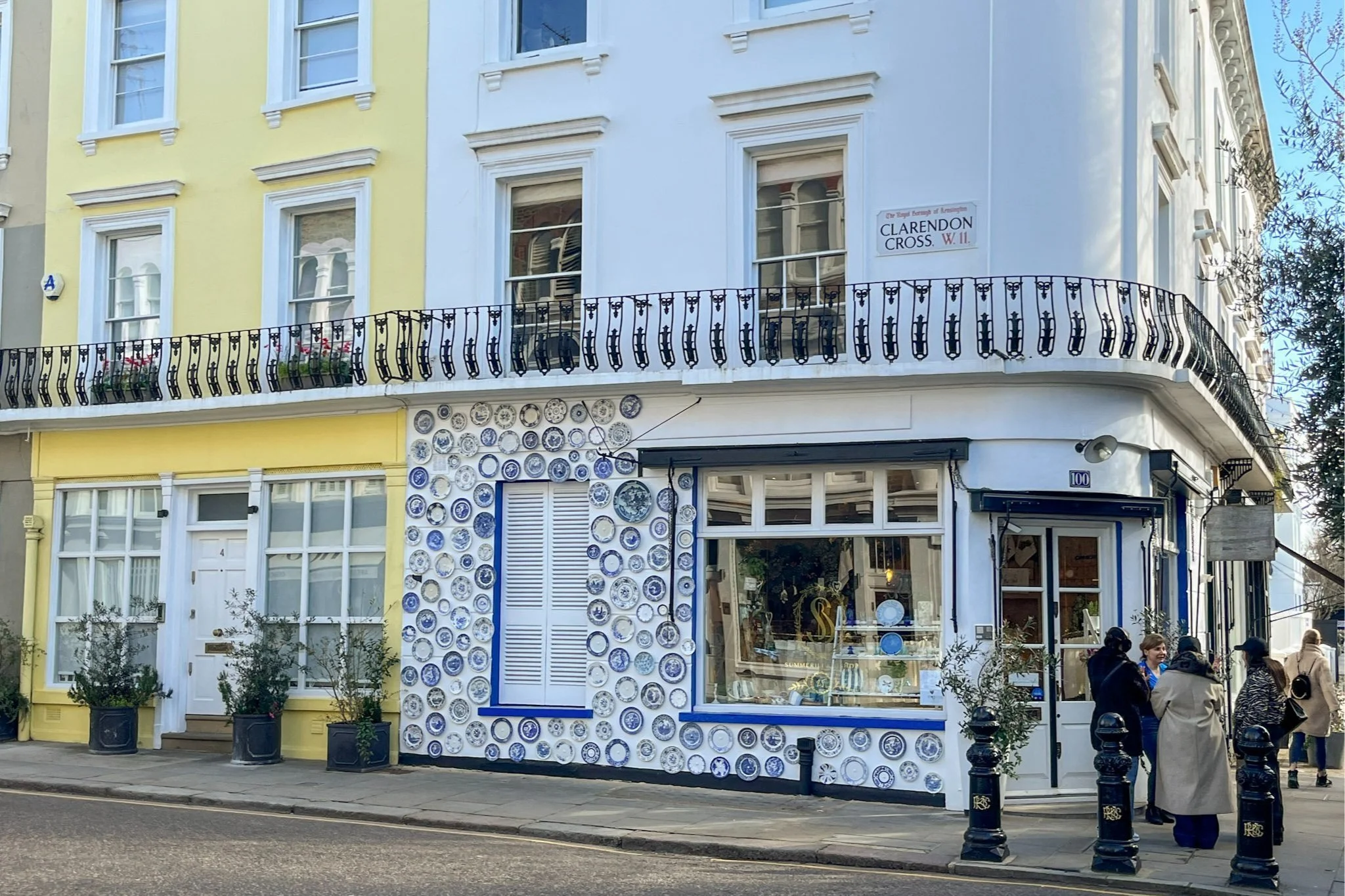








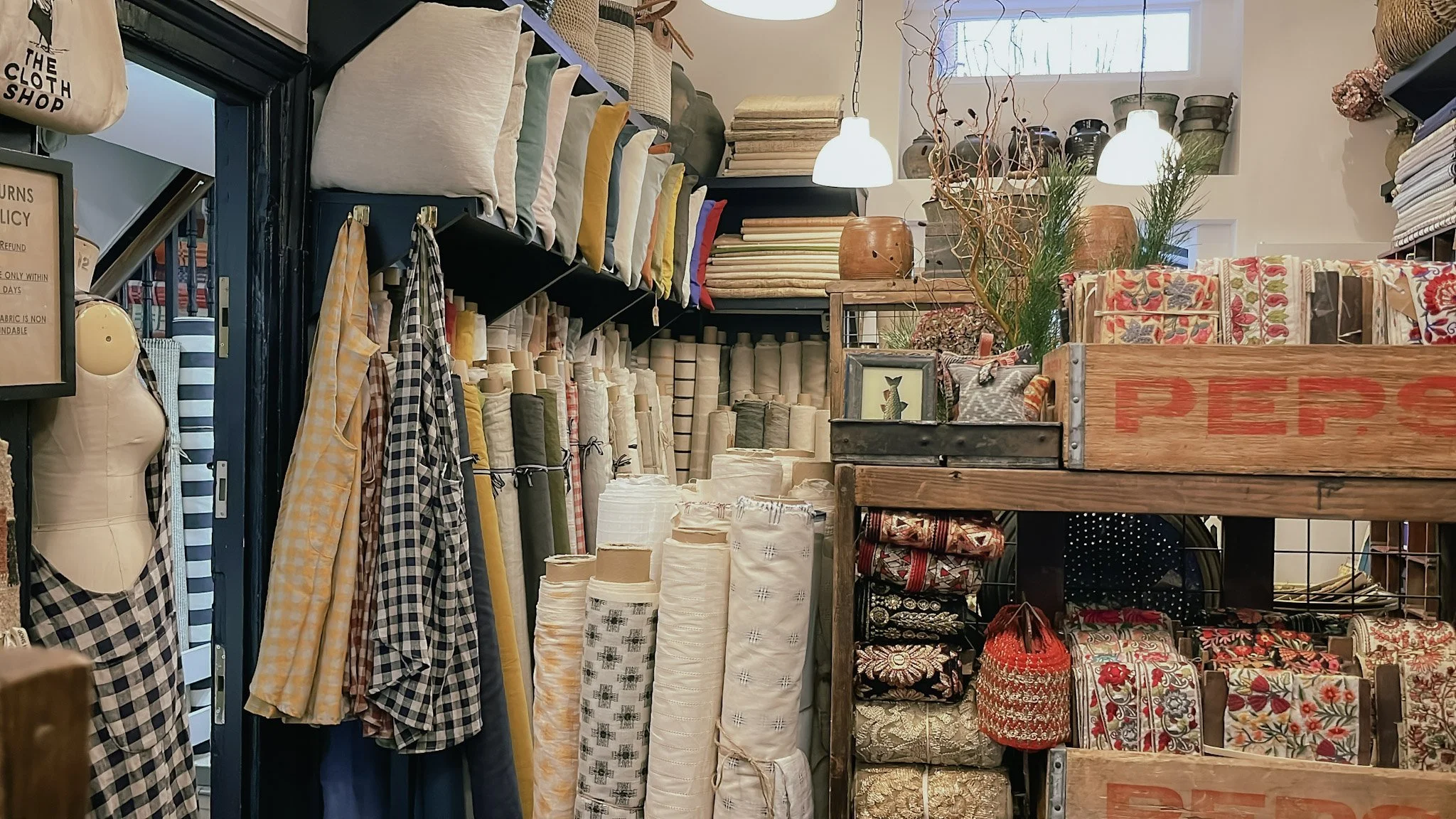
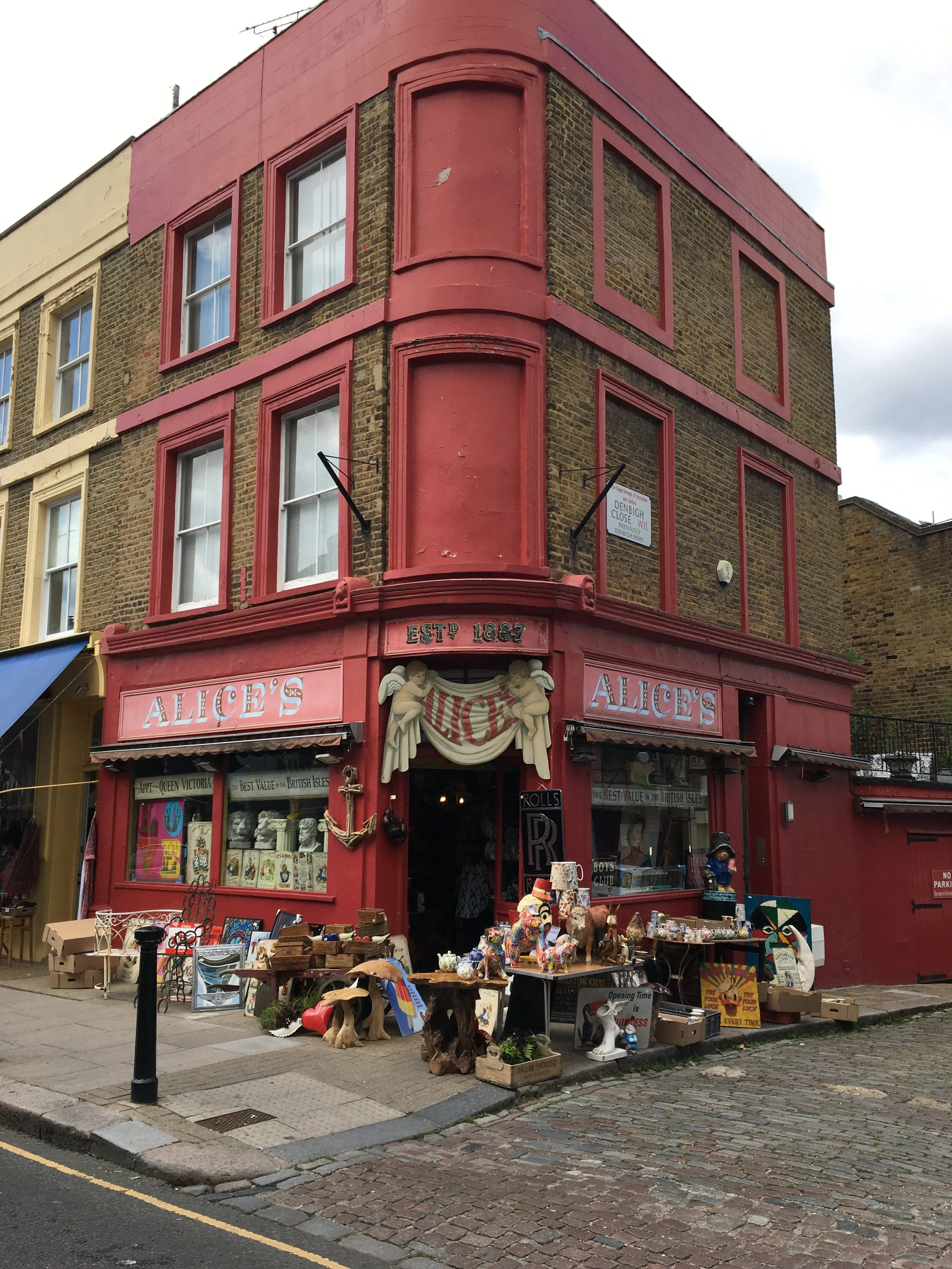



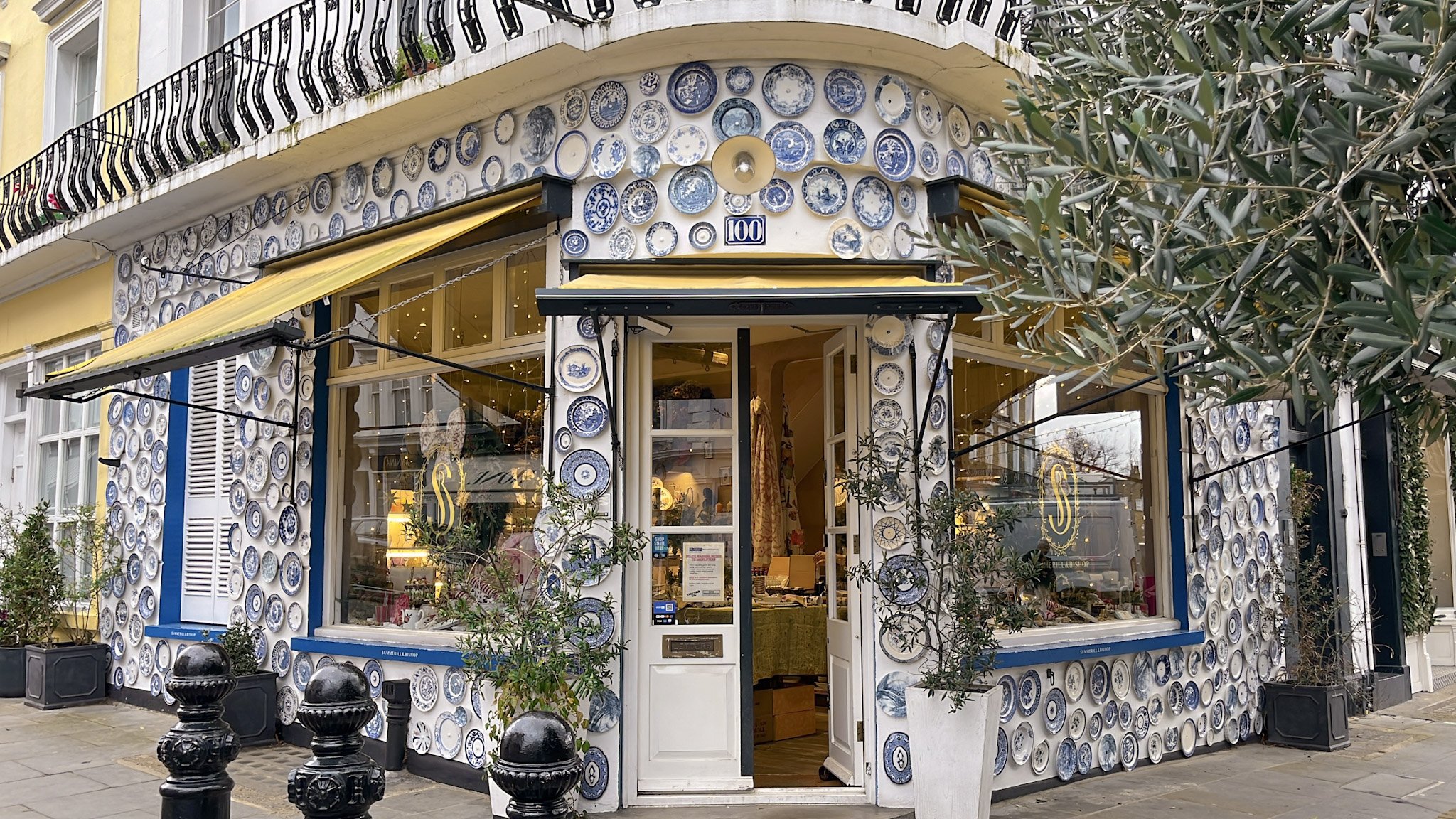




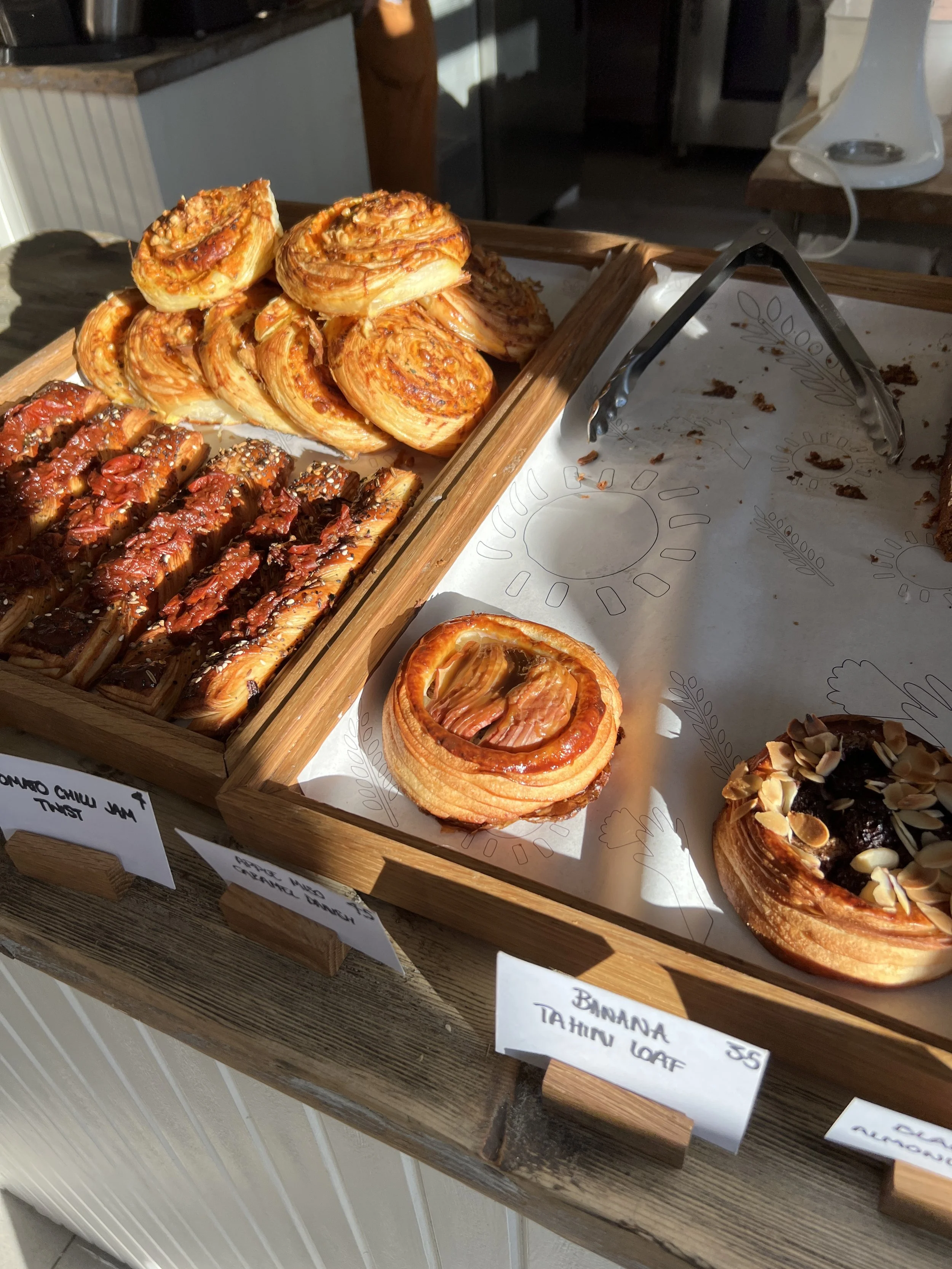
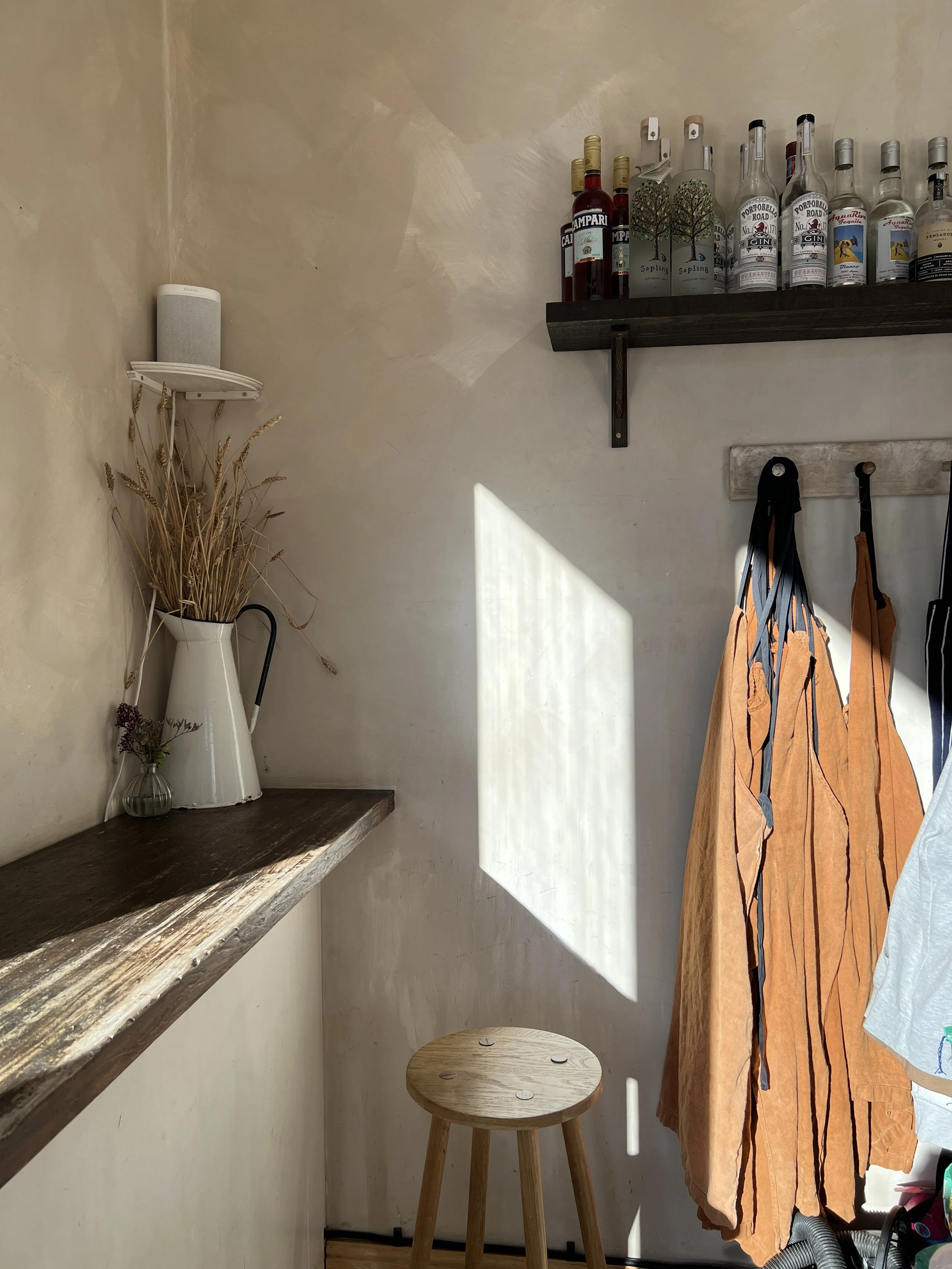







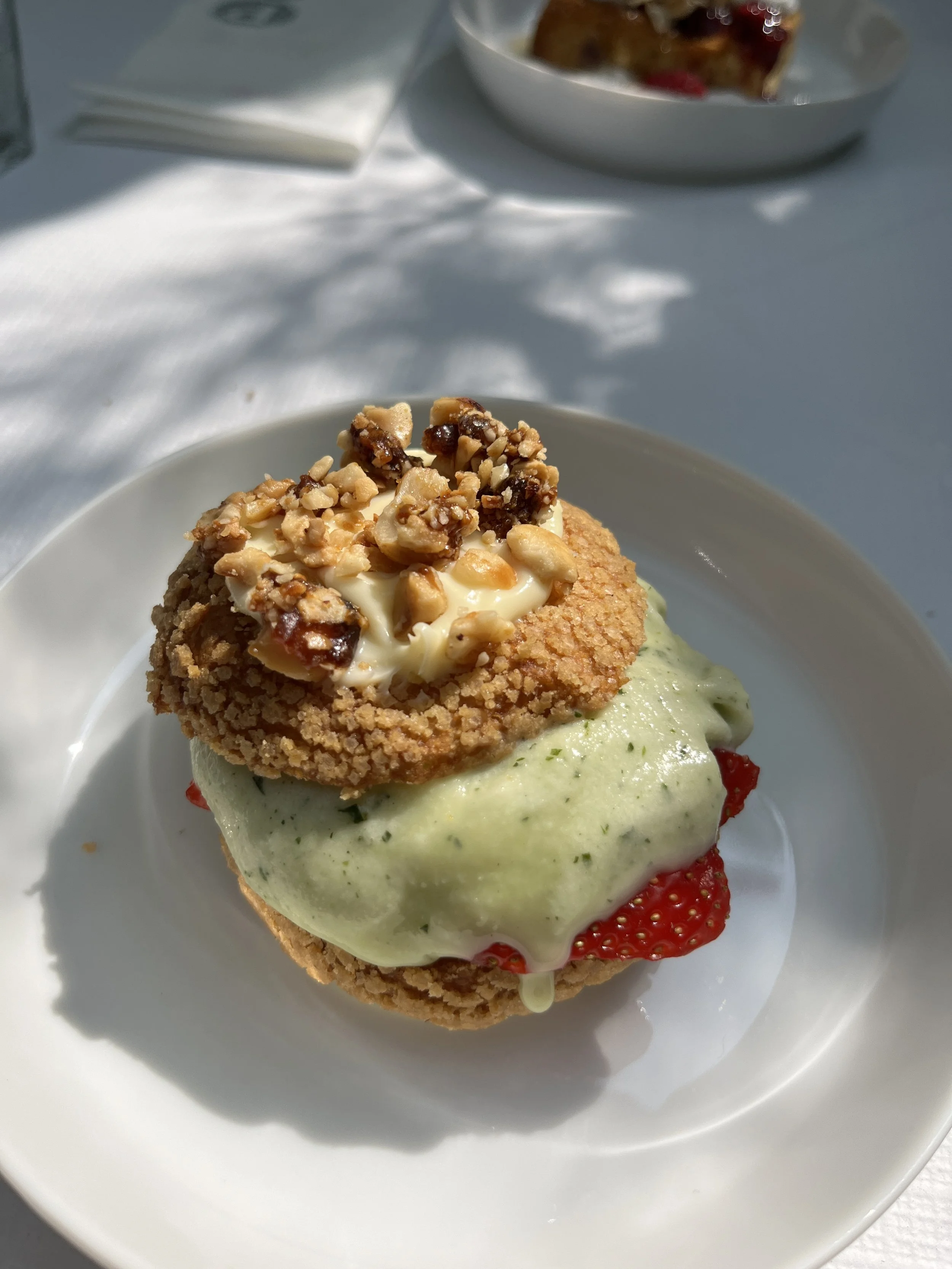

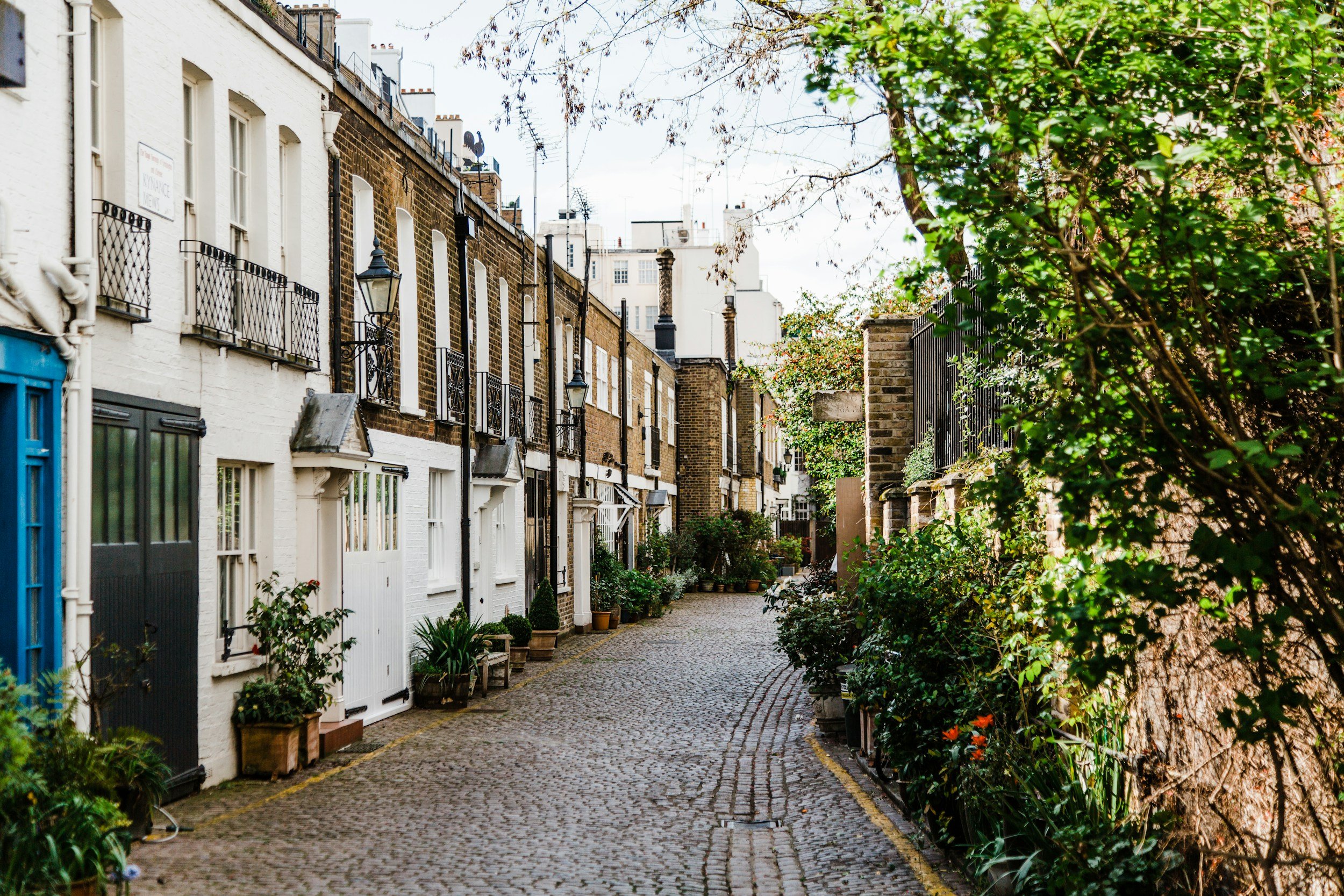
This 2-day itinerary will help you make the most of your short time in London, from iconic landmarks to hidden gems. This guide focuses on the main landmarks, from Big Ben to Tower Bridge.